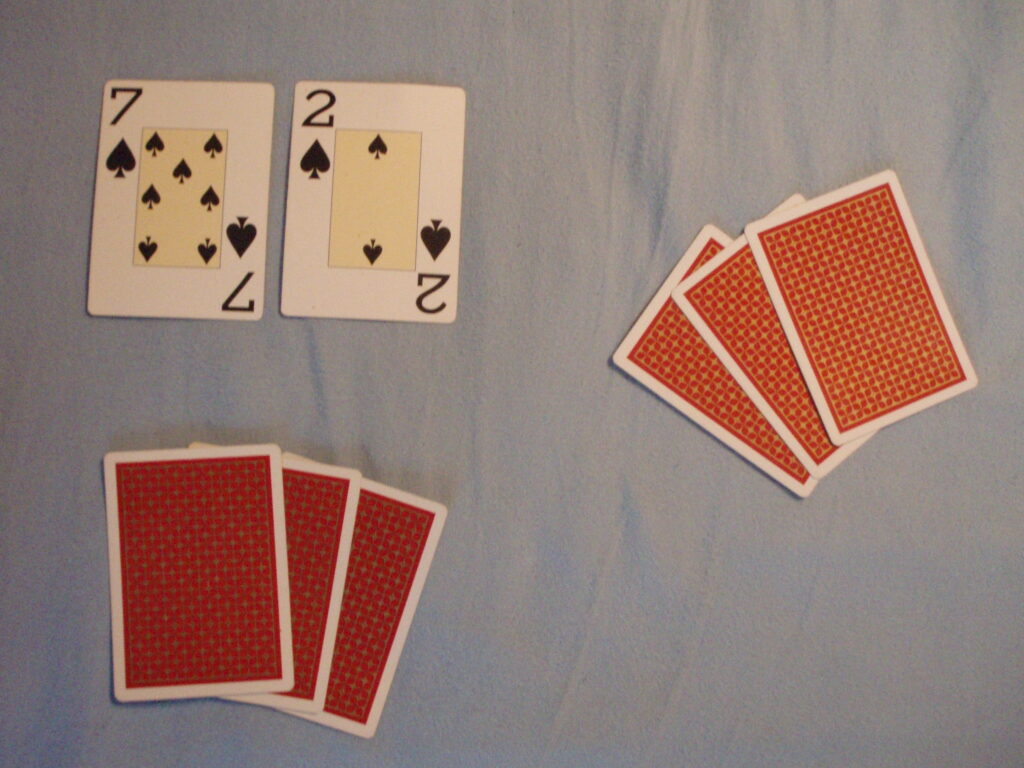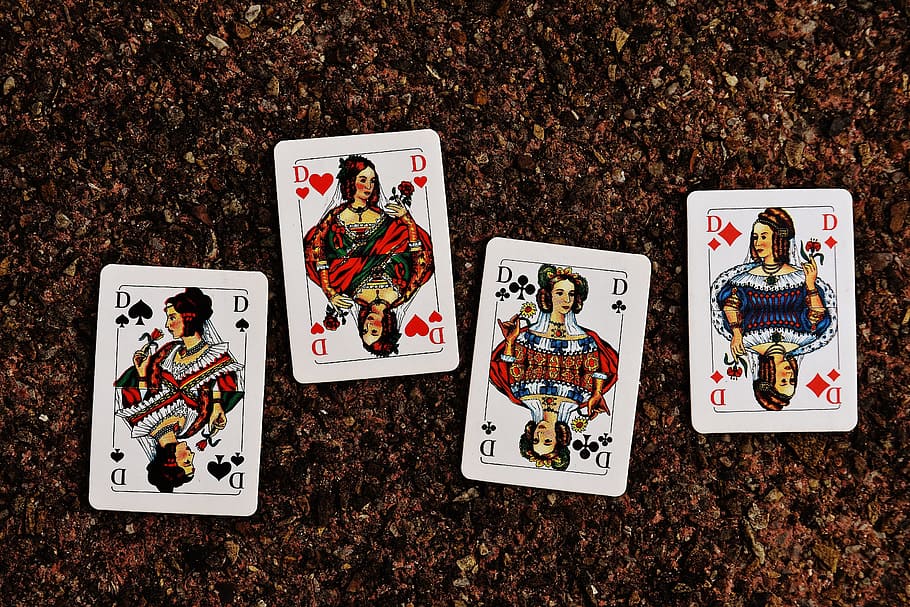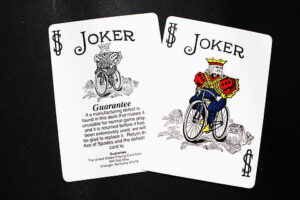How To Make A Card Game?

How To Make A Card Game :- Within the realm of gaming, card games remain an enduring favorite, requiring players to blend various cards with strategic acumen to emerge victorious. Diverse genres of card games exist, each governed by distinct rules and gameplay mechanics. Crafting your own card game serves as a stimulating venture, fostering creative exploration and assessing your prowess as an aspiring game designer.
Amidst the profusion of card games saturating the market, vying for players’ attention demands a keen understanding of what distinguishes successful offerings from less favorable ones. To embark on designing your own card game, discerning the key elements that resonate with players is paramount. Here, we present six pivotal principles to guide you in crafting a card game that captures the interest of enthusiasts.
How To Make A Card Game The Early Ages
When we initially conceptualized Potato Pirates, our aim was to leverage card games as a social platform, uniting individuals across different demographics — be it kids and parents, students and teachers, or novices and experts — in an enjoyable yet educational pursuit: programming.

Our brainstorming sessions yielded a list of key programming concepts we wished to impart: conditionals, loops, variables, and sequential logic. Armed with nothing more than poker cards scrawled with terminology and bits of scrap paper repurposed as HP counters, our first prototype took shape. Within a mere 45 minutes, play-testing commenced. The gameplay mechanics proved simple yet engaging: players could unleash attacks using designated cards, while strategic deployment of coding cards like ‘for’, ‘while’, and ‘if-else’ enabled iterative use of attack cards. The ultimate objective? To vanquish the altar, its health variable serving as the primary target.
Visit Our Other Website Best Apps To Earn Money
Throughout our intensive 3-hour rapid prototyping endeavor, we meticulously fine-tuned various parameters: determining the optimal starting health range for players, refining the capabilities of different card types (e.g., iterations like ‘for 2 times’ or ‘for 10 times’), and delineating the permissible actions for each player during their turn. While the coding mechanics exhibited promising fluidity, we soon realized that crafting a compelling card game entailed complexities far beyond our initial anticipation.
How To Make A Card Game Top 3 considerations when developing a card game
Phase One: Conceptualize Your Vision :
Embarking on the journey of card game creation is a thrilling endeavor, and the foundation lies in clarifying your concept. Before delving into production, it’s essential to have a clear understanding of your game’s purpose and direction.
Many standout card games owe their success to a distinctive central idea or a solution to existing shortcomings in the genre. Take, for instance, the renowned Yu-Gi-Oh, which innovatively eliminated the need for resource cards, contrasting with predecessors like Magic: The Gathering and the Pokemon Trading Card Game.

Unleash your imagination and ponder what elements you find captivating in games. Explore themes, conceptual frameworks, and fundamental gameplay rules. Drafting your initial rules is encouraged at this stage, though remain open to adaptation and refinement as you craft your cards and brainstorm new ideas.
Phase Two: Crafting Your Cards :
The creation of cards offers boundless creative avenues, whether through manual illustration and text inscription or utilizing digital design tools like Photoshop and InDesign.
Maintaining a consistent visual style is paramount throughout your card designs, with particular emphasis on the card backs to preserve randomness during gameplay. Uniformity in card size is crucial, especially for cards intended for deck inclusion. Typically, trading card games favor a standard size of 55 x 85 mm, although variations exist.
Clarity reigns supreme on the card fronts, prioritizing readability of card names, text, and game-related symbols. Whether employing stock images or showcasing original artwork, both approaches have proven effective in numerous successful games.
Design a sufficient number of cards to ensure gameplay viability, arranging them into a cohesive two-page PDF document featuring the card front and universal back, formatted to your desired card size.

Phase Three: Printing :
With your designs finalized and standardized in size, the next step is printing. Secure the services of a reputable printer capable of handling trading card specifications, akin to ordering custom flash cards online.
Select your desired quantity, card size (opting for A7 or Small Card dimensions is recommended), finish, and whether lamination is preferred. Once satisfied with your choices, proceed to place your order eagerly anticipating the arrival of your freshly minted, one-of-a-kind card game!
Visit Our Other Website:-




